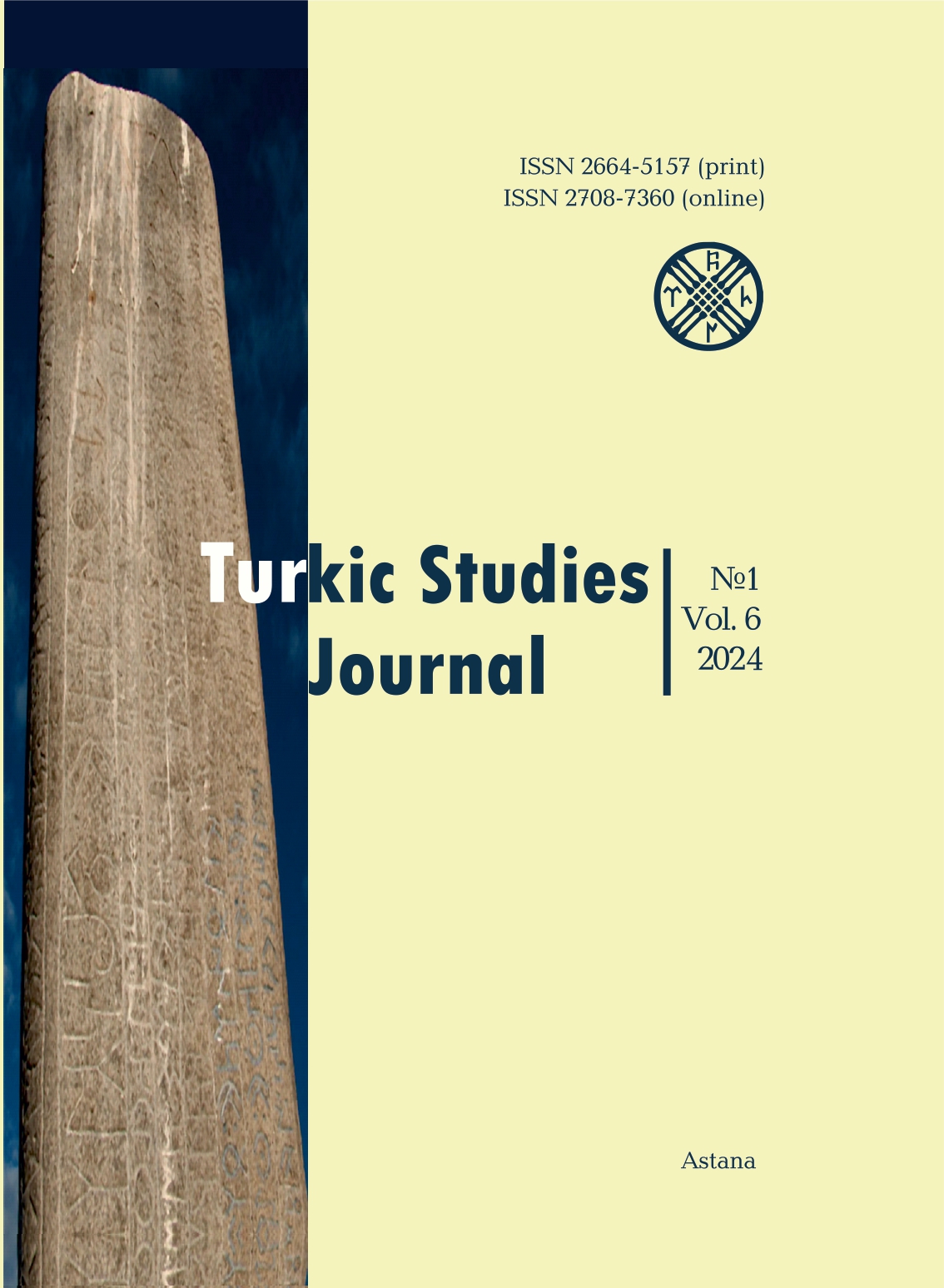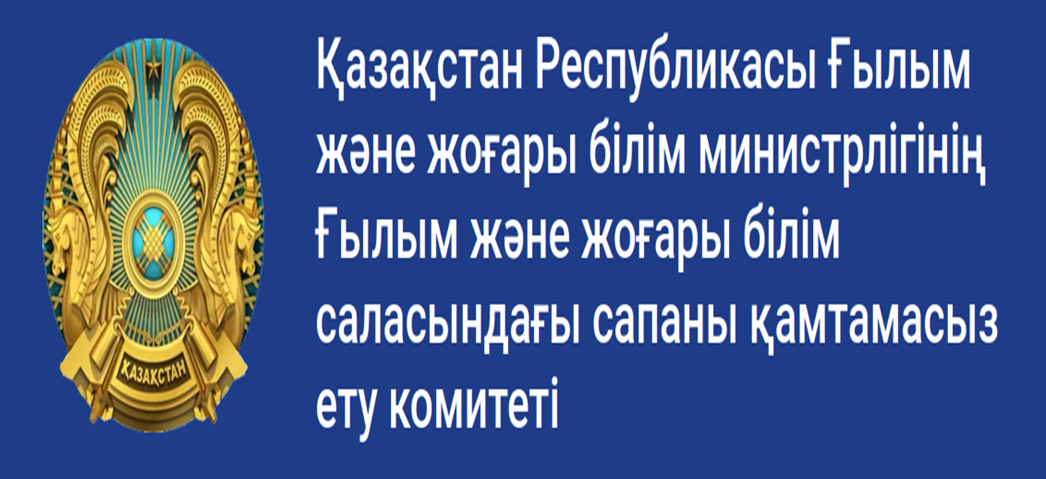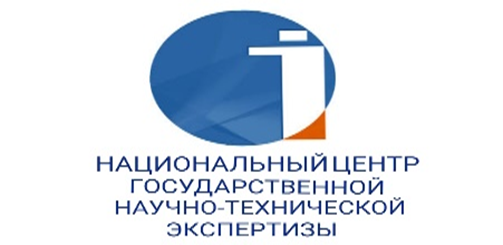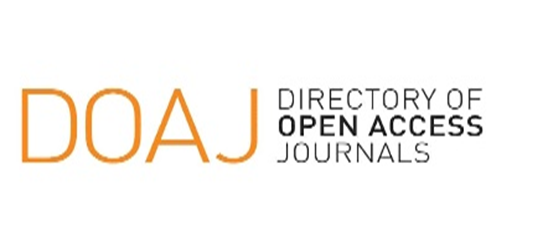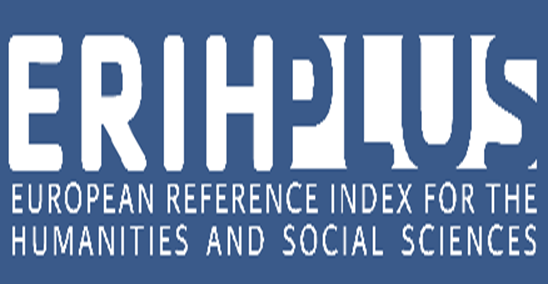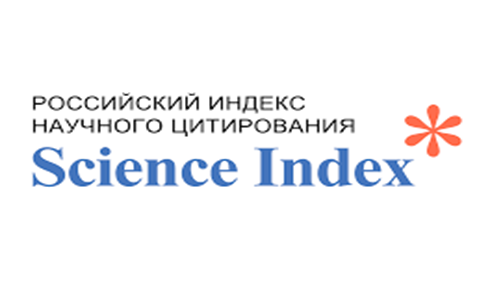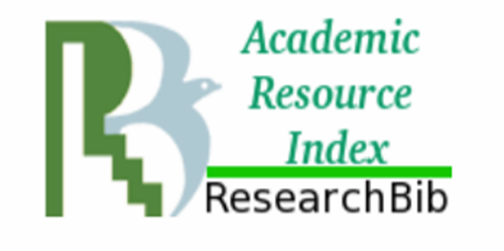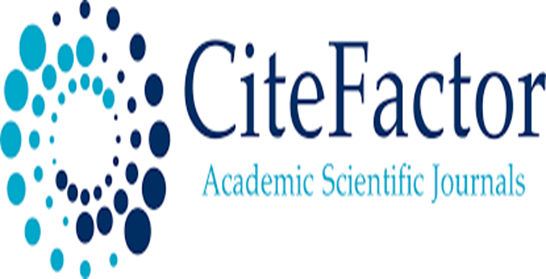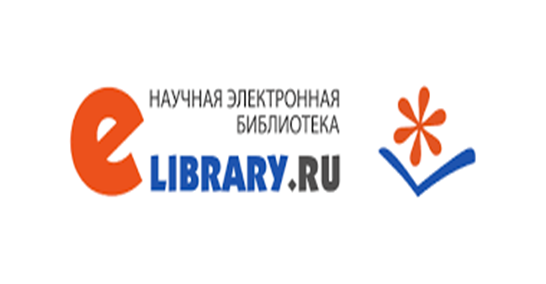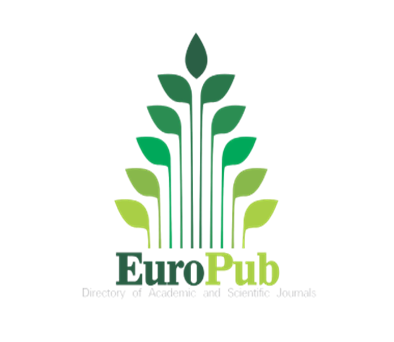Khoomei as the voice of nature of the Tuvans: Is harmony between singing and cultural policy possible?
Views: 280 / PDF downloads: 195
DOI:
https://doi.org/10.32523/2664-5157-2024-1-181-193Abstract
This review addresses the issue of studying the distinctive creative heritage of the Tuvan people, as expressed in their oral musical tradition. It provides information on the structure of the reviewed monograph, evaluates the relevance of the problems, and offers
its own insights into this endangered art form. The author’s perspective is highlighted through a comprehensive analysis of Tuvan throat singing and its performers. At the same time, it should be noted that the author of the book has successfully addressed the tasks at hand, comprehended existing problems in this field, and proposed solutions.
The author of the monograph identified the typology and characterisation of various aspects of Khөөmeology through an extensive study of 492 sources and research materials. In the era of globalisation and digitalisation, this unique phenomenа requires special attention and careful preservation.
The reviewer notes that the book’s author pays attention to the interesting and important aspects of ethnic culture related to oral art. Additionally, the author describes the results of a questionnaire survey of Tuvans, which provides different approaches and views of Tuvans. The book also describes
the history and current state of khөөmezhi and characterises the semantic nuances that are manifested
in the performers of throat singing -khөөmezhi, and the ethnic identity of modern Tuvans.
Downloads
Reference
Бадыргы М.М., 2023. Тувинский хөөмей как объект культурной политики: исследование / М.М. Бадыргы; науч. ред. Е.К. Карелина. Киров: ООО “Кировская областная типография”. 232 с., ил.
Ламажаа Ч.К., 2021. Очерки современной тувинской культуры; Тув. гос. ун-т; Тув.ин-т гуманит. и прикладных социально-экономических исследований при Правительстве Республики Тыва. СПб.:Нестор-история. 192 с.
Садохин А.П., 2000. Этнология: учебник / А. П. Садохин, Т. Г.Грушевицкая. М.: Высш. Шк.: Academia. 302 с.
Сулейменова Э.Д., 2020. Языки Казахстана: социолингвистический справочник / Э. Сулейменова, Н. Шаймерденова, Д. Аканова. Отв. ред. Э. Сулейменова. Алматы: Издательство ТОО «Издательство Золотая книга», 2-е изд., дополненное и переработанное. 212 с.
Karelina E., 2018. The Problematic Aspects of Cultural Policy in Modern Tuva / Journal of Siberian Federal University. Humanities & Social Sciences 2 (11). Р. 218-226. DOI: 10.17516/1997-1370-0217 DOI: https://doi.org/10.17516/1997-1370-0217

